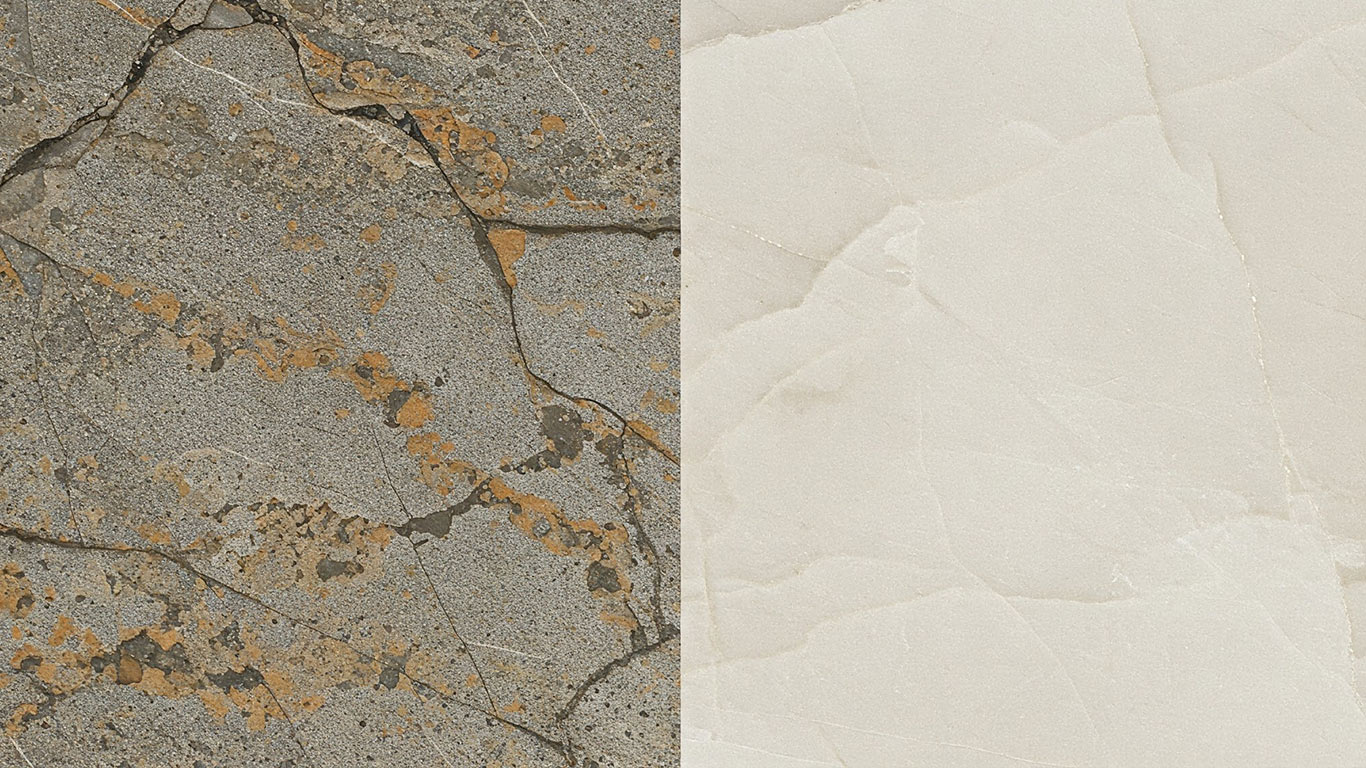
FDA
FDA 21 CFR 1040.10 - Laser Product Performance Standards



When laser cleaning quartzite, I've seen it hold up remarkably well to intense heat thanks to its tough, low-porosity structure, so you can push the process without surface cracking.
I've seen quartzite surfaces covered in grime at this magnification. Dark patches and tiny debris stick to every grain. The texture feels rough and cluttered overall.
This treatment works well by lifting all that buildup away. Grains now gleam smoothly without any spots left. Watch closely to avoid over-treating the edges.

FDA 21 CFR 1040.10 - Laser Product Performance Standards

ANSI Z136.1 - Safe Use of Lasers

IEC 60825 - Safety of Laser Products

OSHA 29 CFR 1926.95 - Personal Protective Equipment